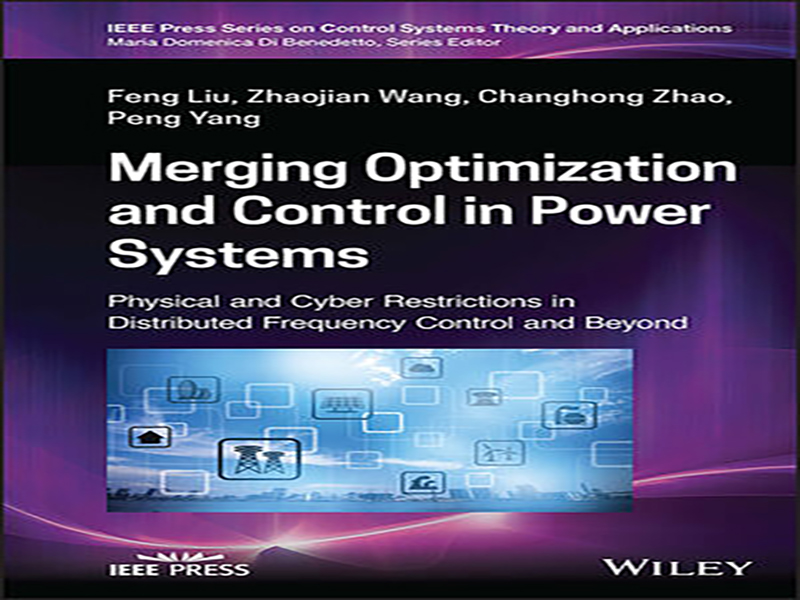- عنوان کتاب: Merging Optimization and Control in Power Systems
- نویسنده: Feng-Liu,-Zhaojian-Wang
- حوزه: سیستم های قدرت, پاور
- سال انتشار: 2022
- تعداد صفحه: 426
- زبان اصلی: انگلیسی
- نوع فایل: pdf
- حجم فایل: 7.95 مگابایت
به عنوان یک روند جهانی، سیستم قدرت ما در حال گذار تاریخی از سنتی به چشماندازی جدید با نفوذ بالای انرژیهای تجدیدپذیر و الکترونیک قدرت است. همانطور که P. W. Anderson در مورد ساختار علم در سال 1972 گفت، “بیشتر متفاوت است.” جای تعجب نیست که تغییر سیستم قدرت ما از همین اصل پیروی می کند. با انفجار تولید انرژیهای تجدیدپذیر، میلیونها ژنراتور تجدیدپذیر با ظرفیت کوچک، فرار و ناهمگن، مانند ژنراتورهای توربین بادی و فتوولتائیکها، سلطه چند ژنراتور سنتی با ظرفیت بزرگ را تحت تأثیر قرار دادهاند. علاوه بر این، تعداد آنها هر روز به سرعت در حال افزایش است. با نزدیک شدن به عصر جدید، یک سوال طبیعی اما حیاتی مطرح میشود: آیا معماری کنترل فعلی، از بالا به پایین و مرکزی غالب که برای سیستم قدرت سنتی ایجاد شده است، هنوز هم میتواند با این گذار کنار بیاید؟ علیرغم طیف گسترده ای از نظرات، حداقل یک توافق کلی می تواند از عدم توافق حاصل شود. به این معنا که سیستم قدرت آینده نیاز به تغییر شکل الگوی کنترل دارد تا آن را برای تعداد زیادی دستگاه مقیاسپذیرتر کند، با ناهمگونیهای روزافزون سازگارتر کند، در محیطهای عملیاتی با تغییرات سریع کارآمدتر، با حالتهای عملیاتی متنوعتر سازگارتر کند، و در برابر آشفتگی های غیرمنتظره و حتی خرابی ها قوی تر است.
As a worldwide trend, our power systemis undergoing a historical transition from the traditional to a new landscape with high penetration of renewable energies and power electronics. As P. W. Anderson said about the structure of science in 1972, “more is different.” Not surprisingly, the shift of our power system follows the same principle. With the explosion of renewable generation,millions of small-capacity, volatile, and heterogeneous renewable generators, such as wind-turbine generators and photovoltaics, have been encroaching on the dominion of a few large-capacity traditional generators. Moreover, the number is rapidly ever growing every day. With the new era looming, one natural but critical question arises: Can the current, top-down, central-dominant control architecture established for the traditional power system still cope with the transition? Despite a broad spectrum of opinions, at least one general agreement could be reached from disagreement. That is, the future power system calls for reshaping the control paradigm to make it more scalable to the vast number of devices, more compatible with ever-increasing heterogeneity, more efficient in fast-varying operation environments, more adaptable to diverse operation modes, and more robust against unexpected perturbations and even failures.
این کتاب را میتوانید از لینک زیر بصورت رایگان دانلود کنید:



































نظرات کاربران